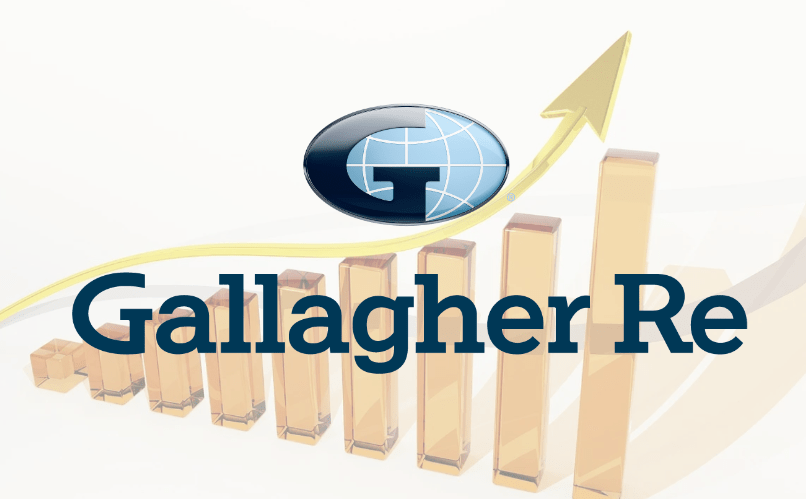After 18 months of decline, the US venture capital (VC) investment landscape is showing signs of stabilization and returning to 2019-2020 levels, new data released by Silicon Valley Bank (SVB) show.
In H2 2022 and H1 2023, VC investments in US companies totaled US$182 billion, the H2 2023 State of the Markets report says, reaching sums witnessed in 2019 and 2020.
Although SVB notes that there have been predictions of drops in fundraising based on key indicators such as inverted yield curve, falling corporate profits, increased down rounds and declining revenue growth among startups, the bank is confident in the resilience of the innovation economy and projects brighter days ahead.
VC investment in US companies, Source: H2 2023 State of the Markets, Silicon Valley Bank, 2023
According to the report, past cycles have taken between 12 and 18 months to find a bottom. June marked the 18th month of this cycle, and while US VC investment levels may still fall, SVB says it sees signs of stabilizing.
VC investment in US company: Indexed to 100 at market peak, Source: H2 2023 State of the Markets, Silicon Valley Bank, 2023
These data and projections were shared in the bank’s latest State of the Markets report. The document, which was released last month, leverages SVB’s proprietary data and vast network of relationships with investors and startups to gauge the health and productivity of the innovation economy. The report also relies on findings of a survey of 80 notable VCs to understand the new normal for banking and gain insights into how these investors are thinking about banking when it comes to their portfolio companies.
Finding the bottom
The report notes that investment levels significantly declined in H1 2023, especially in the late-stage sector. The trend mirrors public markets where 89% of VC-backed tech companies that went public in 2021 are now trading below their initial public offering (IPO) market capitalizations, it says.
The number of freshly minted tech unicorns decreased substantially, dropping from a record of 293 in 2021, to 168 in 2022, and a mere 13 in H1 2023. SBV estimates that only 13% of these billion-dollar startups are currently profitable, with the vast majority of them relying on large, late-stage deals to stay afloat.
US tech unicorn formation and value, Source: H2 2023 State of the Markets, Silicon Valley Bank, 2023
Valuations and deal sizes are also down across all stages, though Series D and higher-stage startups have been the hardest hit. In H1 2023, these companies saw their median pre-money valuations and median deal sizes decreased by more than 50% compared with the same period in 2022. These metrics declined more modestly for Series A startups, with valuations and deal sizes dipping by 13% and deal sizes decreasing 21% year-over-year (YoY) in H1 2023, respectively.
US VC-backed tech companies: Deal benchmarking by deal date and stage, Source: H2 2023 State of the Markets, Silicon Valley Bank, 2023
Besides deal metrics, operating metrics for companies raising capital have changed as well, the report notes. Startups are putting a greater focus on profitability and reducing burn rates, which, SVB claims, have decreased 24% since the start of 2023. This shift has ultimately impacted their revenue growth.
Stronger, leaner companies
The US VC fundraising landscape experienced record-breaking growth for five consecutive years starting in 2017, driven by low interest rates, investors seeking returns in private markets, and rapid tech adoption during the pandemic.
However, since H1 2023, the market has witnessed a 66% drop in VC fundraising, with only US$35 billion raised in H1 2023.
According to SVB, part of the reason for that is that many firms are not looking to raise capital as they had already done so during the boom. Instead, they are biding their time and deploying capital far more slowly.
Evidenced of that is that only 46% of US VC-backed tech companies said that they must raise capital in the next 12 months, a proportion that’s lower than historical pre-pandemic levels.
The report also notes that while the focus on profitability has led to lower revenue growth, earnings before interest, taxes, depreciation, and amortization (EBITDA) margins have increased, suggesting improved operational profitability and efficiency.
SVB estimates that since this time last year, operating margins of US VC-backed tech companies have improved 37% points. If the current trend of improving profitability continues, the bank expects operating margins to surpass their 2020 peak by the end of 2023.
Ultimately, this focus on profitability and financial performance will be beneficial for the US tech industry, SVB says, and will help create stronger, leaner tech companies that capable of sustainable growth and stronger long-term performance.
Trends shared in the SVB report are consistent with what’s been observed globally. Data from research firm Pitchbook shared with Reuters show that VC funding globally almost halved in the first six months of 2023, declining 48% to US$173.9 billion.
The trend highlights less demand from companies amid sharply higher interest rates and a lack of enthusiasm on the part of investors, a report says, and comes despite high interest in artificial intelligence (AI) startups. According to Pitchbook, investors committed more than US$40 billion into AI startups in the first half of the year, participating in massive rounds such as OpenAI’s US$10 billion investment and Inflection AI’s US$1.3 billion round.
This article first appeared on fintechnews.am

Featured image credit: Edited from freepik








































